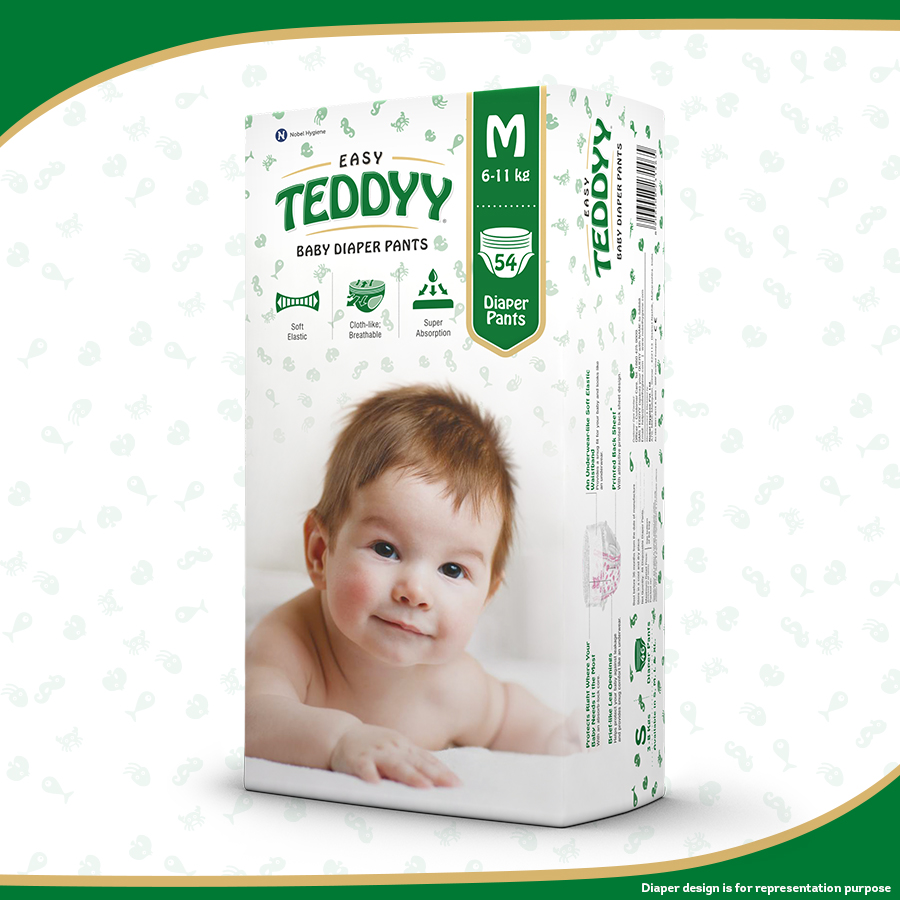How Often Should I Feed My Baby? Newborn Baby Feeding Chart
Feeding your baby is one of the most important and most overwhelming parts of early parenthood. Whether you’re a first-time parent or just need a refresher, understanding feeding frequency, recognizing hunger cues, and learning to read a baby feeding chart can help you feel more confident and ensure your little one thrives.
Why Feeding Frequency Matters
Babies grow rapidly in their first few months, and feeding plays a crucial role in their physical and emotional development. Feeding too little may result in poor weight gain or dehydration, while overfeeding can lead to discomfort, spit-ups, or even obesity later on. That’s why having a structured approach like a newborn feeding chart or infant feeding chart can provide clarity and peace of mind.
Baby Feeding Chart: Understanding the Basics
Here’s a quick look at a general baby feeding chart to help guide you in your day-to-day schedule:
| Baby’s Age | Breastfeeding Frequency | Formula Amount | Total Feeds Per Day |
| 0-1 Week | Every 2–3 hours | 1–2 oz per feed | 8–12 |
| 1-4 Weeks | Every 2–3 hours | 2–3 oz per feed | 8–10 |
| 1-2 Months | Every 3–4 hours | 4–5 oz per feed | 6–8 |
| 2-4 Months | Every 3–4 hours | 5–6 oz per feed | 5–7 |
This infant feeding chart is just a starting point. Every baby is different, and flexibility is key to responding to your child’s unique needs.
Our Products
How Often Should I Feed My Newborn Baby?
During the first few weeks, newborns typically eat every 2 to 3 hours. That means you’ll be feeding your baby 8 to 12 times in 24 hours. Whether you breastfeed or bottle-feed, follow your baby’s cues and rely on a newborn feeding chart to monitor and adjust as needed.
If you’re wondering how much milk a newborn should drink, the answer depends on their weight and age. Most newborns drink about 1.5 to 3 ounces per feeding in the first few weeks. By the time they’re a month old, they may take up to 4 ounces per feeding.
What Are Hunger Cues in Babies?
Recognizing early hunger cues can prevent your baby from becoming overly fussy or crying out of hunger. Some common signs include:
✅ Rooting or turning toward the breast or bottle
✅ Sucking on hands or fingers
✅ Lip smacking or opening the mouth frequently
✅ Fussiness or restlessness
Understanding these cues allows you to follow a flexible infant eating chart rather than relying strictly on time-based scheduling.
What Is Cluster Feeding?
Cluster feeding refers to periods when babies want to feed more often than usual, often every hour or less. It’s common during growth spurts or in the evening hours.
This pattern is especially frequent in breastfed babies and may make you question whether you’re producing enough milk. Don’t worry, it’s normal! Just make sure you’re tracking patterns with a baby feeding chart and ensuring your baby is gaining weight steadily.
How Long Should Each Feeding Session Be?
The duration of feeding can vary widely:
Breastfed babies: 15–20 minutes per breast is common, but some may take longer or less.
Bottle-fed babies: Typically 15–30 minutes per feed.
What matters most is that your baby seems satisfied and content after feeding. For formula-fed infants, refer to a formula feeding chart to get an idea of quantities.
Also Read: Breast Milk Storage Guide: Safe Practices for New Moms
When to Worry: Underfeeding or Overfeeding Signs
Look out for these signs:
Underfeeding:
1. Fewer than 6 wet diapers a day after the first week
2. Poor weight gain
3. Excessive sleepiness or lethargy
Overfeeding:
1. Frequent spit-ups
2. Gassiness or fussiness after feeds
3. Consistently refusing feeds after just a few ounces
If you’re concerned, check your newborn feeding chart or infant eating chart and consult your pediatrician.
Real-World Tips for New Parents
1. Use Feeding Trackers:
Whether it’s an app or a paper baby feeding chart, tracking helps identify patterns and reassures you that baby’s getting enough.
2. Relaxed Routine vs. Rigid Scheduling:
Following a strict newborn feeding schedule may not work for every baby. Let hunger cues guide you for a more natural rhythm.
3. Partner Support for Bottle-Fed Babies:
Bottle feeding, whether with formula or expressed milk, allows partners to participate. It can lighten your load and create bonding opportunities.
How Teddy Diaper Supports Feeding Comfort
Teddy Diaper understands how important comfort is during feeding times. The Teddy Easy Tape Diapers are soft, breathable, and super-absorbent with refastenable tapes and standing leg guards for a snug fit and leak-free comfort all day. This means fewer interruptions during feeding times for infants and more peaceful bonding moments with your little one.
Conclusion
Feeding your baby isn’t just about calories, it’s about care, communication, and comfort. With the help of a detailed baby feeding chart, close attention to hunger cues, and the right support (like Teddy y Diaper), you’ll create a nurturing environment where your baby can grow happily and healthily.
Faq's
1. How much should my baby eat chart by age?
Newborns eat 1–2 oz per feed; by 1 month, 3–4 oz; 2–4 months, 4–6 oz; 4–6 months, 5–7 oz. After 6 months, solids begin with 1–2 meals a day, gradually increasing.
2. How many feeds per day by baby age?
✅ Newborn: 8–12 times/day
✅ 1–2 months: 7–9 times/day
✅ 2–4 months: 6–8 times/day
✅ 4–6 months: 5–6 times/day
✅ 6+ months: 4–5 milk feeds + solids
3. When can babies go 4 hours between feedings?
Most babies can go 4 hours between feedings by 4 months of age, especially during the day. Night stretches may come earlier or later depending on the baby.
4. What is a normal feeding schedule for a baby?
A newborn feeds every 2–3 hours. By 3–4 months, it becomes every 3–4 hours. After 6 months, a typical schedule includes 4–5 milk feeds and 2–3 solid meals per day.





